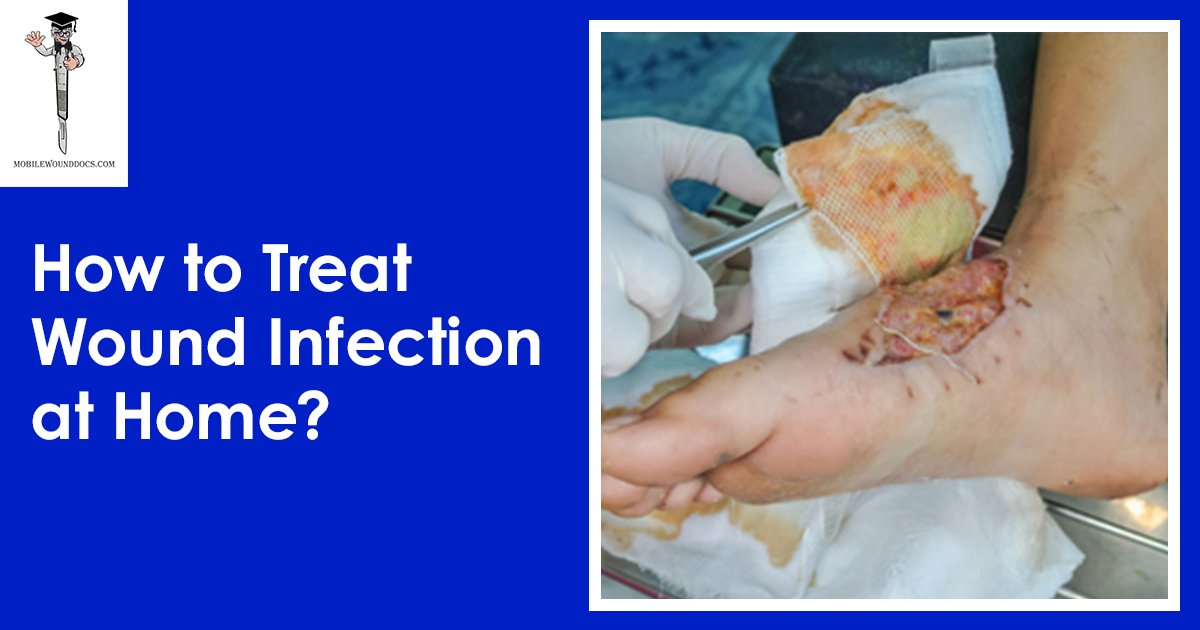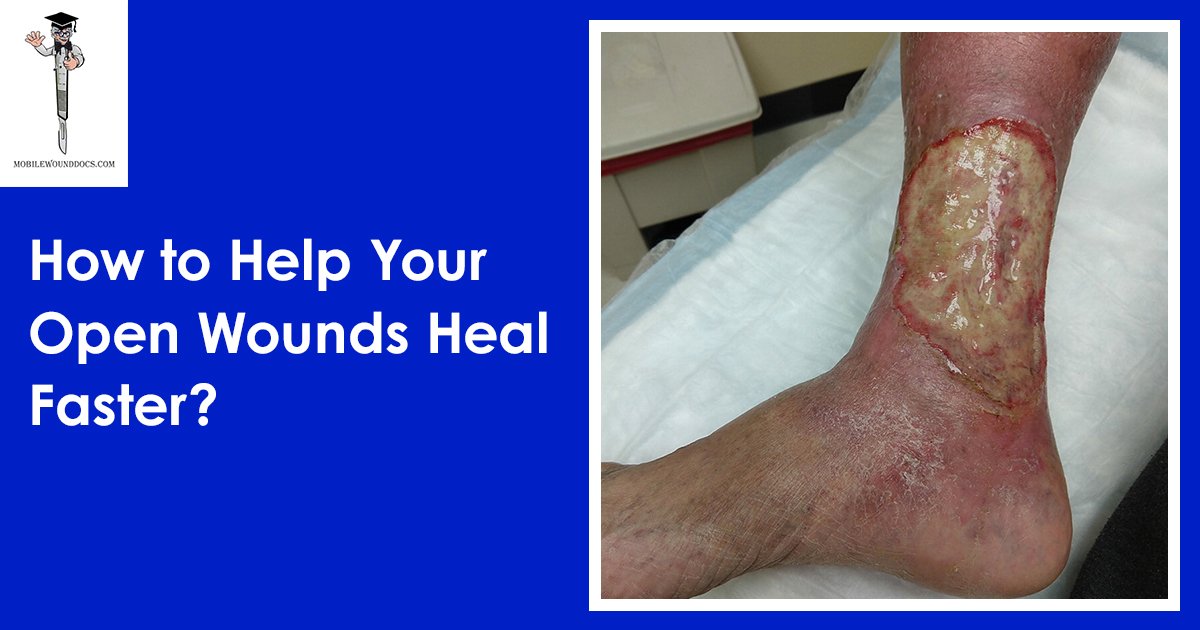Daniel Davidson, MD, MBA, DBA, PHD
Introduction:
Bacteria, fungi, and viruses can contaminate wounds, which can range in severity from little cuts to serious traumas. A wound gets contaminated by foreign bacteria, which raises the risk of infection and slows down the healing process. We examine the idea of contaminated wounds, how contamination hampers healing, and practical treatment options in this article.
What is a Contaminated Wound?
Any injury or break in the skin that has come into contact with potentially dangerous germs, foreign objects, or substances is referred to as a contaminated wound. Numerous things can contaminate an area, such as coming into contact with dirt, garbage, bodily fluids, or pathogen-carrying objects.
Microorganisms can cause infection and obstruct the body’s natural healing process when they infiltrate a wound. Lacerations, abrasions, puncture wounds, and surgical incisions exposed to non-sterile surroundings are common instances of contaminated wounds. Thorough wound assessment, decontamination, infection control, and the use of the right wound care therapies to encourage healing and avert complications are all necessary for the effective management of contaminated wounds.
How Contamination Delays Healing:
Pathogen Introduction:
When a wound is contaminated, dangerous microorganisms like bacteria, fungus, and viruses are brought in. Infection may result from the proliferation of these organisms in the wound environment. An inflammatory response brought on by infection restricts the body’s natural healing process and expands its inflammatory phase.
Inflammatory Response:
In order to fight the invasive microorganisms, the body’s immune system releases inflammatory mediators in response to a contaminated wound. Though some degree of inflammation is necessary for the healing process, too much or too much of it can harm healthy tissue and prevent wounds from healing.
Tissue Destruction:
When a wound is exposed to foreign objects or substances that are poisonous to cells, contamination can cause tissue damage and necrosis. Destruction of tissue inhibits the growth of new tissue and produces an environment that is not conducive to recovery.
Reduced Angiogenesis:
Getting oxygen and nutrients to the wound site requires Angiogenesis, the growth of new blood vessels. Wound contaminants can hinder angiogenesis, which lowers blood flow and hinders tissue repair.
Delayed Epithelialization:
In order for a wound to close, epithelial cells must migrate and proliferate in order to cover the wound surface. By obstructing epithelial cell migration and preventing the creation of a new epithelial layer, contamination can postpone the process of epithelialization.
Increased Complication Risk:
Contaminated wounds are more likely to experience consequences like cellulitis, abscess formation, and sepsis, a systemic infection. These issues impede the healing process even more and can call for more drastic measures to address.
Treatment of Contaminated Wounds:
Wound Irrigation:
Objective:
By flushing the wound with a sterile solution, debris, impurities, and pollutants are removed, lowering the risk of infection and the microbial burden.
Method:
To completely clean the wound, use an irrigation bottle or syringe to gently stream sterile saline solution or an antibacterial agent. Make sure there is enough pressure applied to remove material without endangering surrounding tissue.
Debridement:
Objective:
By establishing a clean, healthy wound bed, removing contaminated debris, foreign objects, and necrotic tissue from the wound site helps the wound heal.
Techniques:
Debridement can be accomplished by a number of methods, such as autolytic (moist dressings), enzymatic (topical enzymes), mechanical (wet-to-dry dressings), or surgical (sharp). Based on the patient’s tolerance and the features of the wound, choose the best technique.
Topical Antimicrobial medications:
Inhibiting microbial development, preventing infection, and accelerating healing are the goals of applying antimicrobial medications topically to wounds.
Options:
Take into account applying topical antimicrobial treatments including antimicrobial ointments, iodine solutions, or silver dressings. Based on the patient’s preferences, microbiological susceptibility, and wound characteristics, select the right agent.
The purpose of dressings and wound covers ,Using the right dressings and coverings for the wound aids in preserving a moist environment, absorbing extra fluid, shielding the wound from more infection, and fostering tissue regeneration.
Choices:
Select from a range of dressings, such as films, foams, hydrocolloids, or alginates, depending on the size, depth, exudate level, and other parameters of the wound as well as the intended results.
Systemic Antibiotics:
Indication:
To remove pathogens and prevent complications, systemic antibiotic therapy may be required in cases with established infection or high risk of infection.
Prescription:
Whenever possible, prescribe antibiotics based on wound culture and sensitivity findings. Select broad-spectrum antibiotics to combat common wound bacteria, and modify treatment as necessary in response to the patient’s clinical condition.
Pain Management:
Things to Think about Intense discomfort can occur from contaminated wounds, particularly during debridement and dressing changes. Use efficient pain management techniques to guarantee patient comfort and treatment compliance.
Choices: To reduce pain and suffering, use analgesic drugs, topical treatments (like lidocaine gel), or non-pharmacological therapies (such relaxation techniques and distraction tactics).
Conclusion:
Significant obstacles to the healing process arise from contaminated wounds, which raise the risk of infection and slow down tissue recovery. Comprehending the methods via which pollution obstructs healing is essential to putting treatment plans into action. Healthcare practitioners can maximize the healing results of contaminated wounds and reduce the risk of complications by utilizing appropriate wound care interventions, decontamination techniques, infection control measures, and thorough wound assessment. Timely wound healing and tissue integrity restoration depend on the early identification and timely control of contamination.








